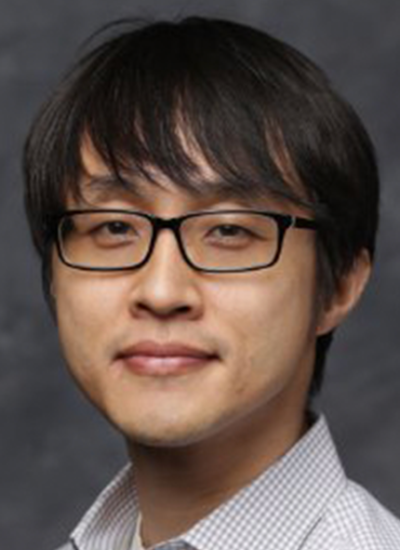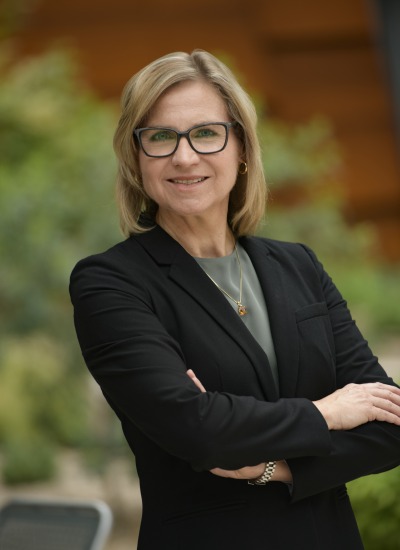Dongkyun Kang
Work Summary
We are developing low-cost in vivo microscopy devices that can visualize cellular details of human tissues in vivo and help disease diagnosis and treatment in low-resource settings, high-speed tissue microscopy technologies that can examine entire organ under risk of having malignant diseases and detect small, early-stage lesions, and miniature microscopy devices that have the potential to examine anatomically-challenging human organs and facilitate integration of microscopic imaging with other imaging modalities.



